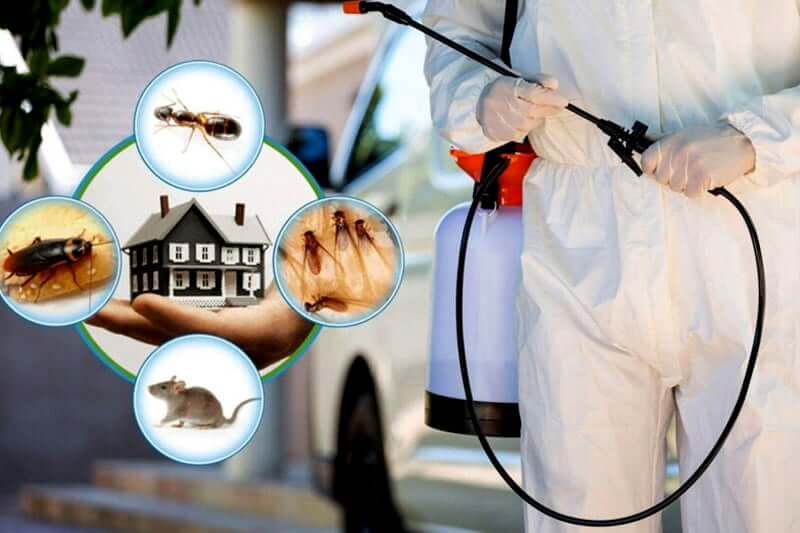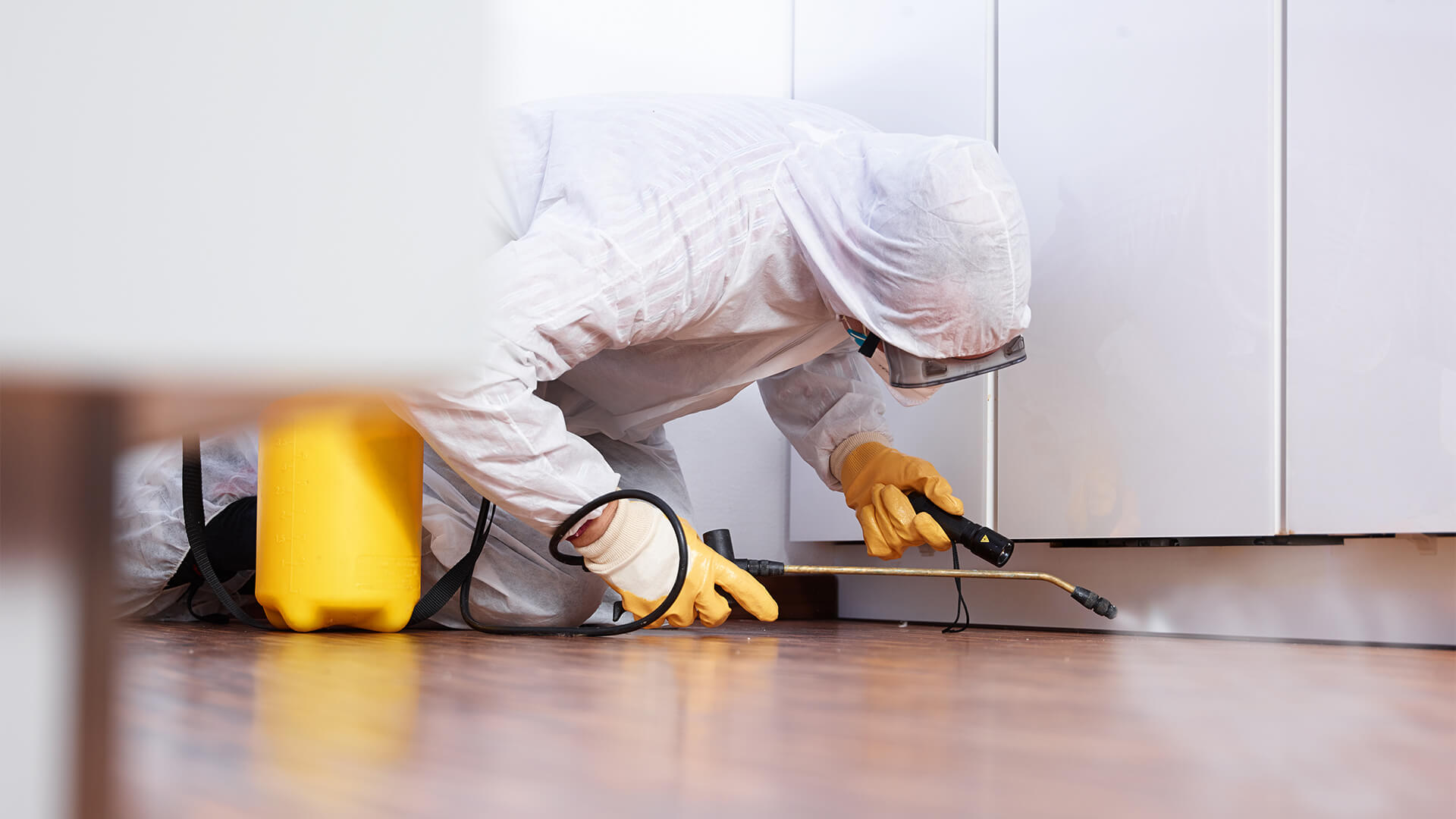Eco-Friendly Bug Control Approaches for Managing Wild Animals in Urban Locations
Urban locations typically locate themselves at the junction of human task and wildlife, causing distinct difficulties in parasite management. Environment-friendly methods highlight lasting coexistence, utilizing techniques such as environment adjustment and natural repellents to alleviate human-wildlife problems. These approaches not just safeguard the atmosphere but additionally boost area involvement in wild animals administration. As urban populaces remain to grow, comprehending the dynamics of wildlife interactions comes to be increasingly vital. What innovative methods can be carried out to guarantee both eco-friendly equilibrium and city safety? Discovering this concern reveals a compelling landscape of prospective remedies.
Understanding Urban Wild Animals Characteristics
Comprehending Urban Wild animals Characteristics is necessary for developing reliable and green bug control techniques. Urban locations are progressively becoming environments for various wild animals species, driven by aspects such as habitat fragmentation, food schedule, and human infringement. Recognizing these characteristics permits a nuanced technique to pest management that straightens with ecological concepts.
Urban wildlife commonly includes types such as raccoons, squirrels, and birds, which adjust to city atmospheres, finding specific niches in green spaces, parks, and also suburbs. Their visibility can result in disputes with people, particularly when they make use of personnels for food and shelter. Comprehending the actions and environmental duties of these species notifies approaches that minimize negative communications while advertising biodiversity.
Moreover, recognizing the interdependencies within metropolitan ecosystems helps in identifying important areas for habitat preservation and remediation. This understanding adds to the development of integrated pest monitoring (IPM) techniques that consider the environmental balance, thus minimizing reliance on hazardous chemicals. By promoting coexistence between humans and city wild animals, cities can develop much healthier settings that profit both homeowners and neighborhood environments, leading the way for sustainable urban living.
All-natural Repellents and Deterrents
All-natural repellents and deterrents use a lasting option to conventional pest control methods by utilizing the power of nature to maintain undesirable varieties at bay. These green remedies typically make use of plant-based active ingredients, vital oils, and various other naturally happening compounds that deter insects without damaging the setting.
One efficient natural repellent is peppermint oil, which is recognized to ward off rodents and insects. Its solid scent is undesirable to numerous insects, making it a prominent choice for metropolitan setups. Vinegar and citrus peels can serve as deterrents, as their solid smells are generally unappealing to different wildlife.
Furthermore, diatomaceous earth is a natural powder that can be spread in areas susceptible to pest task, efficiently drying out and preventing insects without posturing dangers to non-target varieties. Furthermore, garlic sprays and neem oil are acknowledged for their ability to drive away a large range of next page bugs, consisting of both pests and larger wildlife.
Implementing these natural repellents not only lowers reliance on chemical pesticides however additionally promotes a much healthier urban community, fostering a much more well balanced conjunction between people and wildlife. By utilizing these approaches, urban locations can properly take care of parasite populaces while decreasing ecological influence.
Habitat Modification Strategies
Reliable habitat adjustment techniques play a crucial role in lasting parasite monitoring by altering the environment to make it less conducive to pest invasions. By recognizing the ecological dynamics of metropolitan areas, homeowner can implement strategic modifications that discourage insects while promoting biodiversity.
An additional crucial approach is to seal entrance points in buildings. Inspecting and repairing cracks in foundations, wall surfaces, and windows can significantly minimize insect accessibility. Developing physical barriers, such as fences or plant barriers, can prevent wild animals activity right into human-inhabited locations.
Integrated Insect Monitoring Practices
Building upon environment modification techniques, integrated bug management (IPM) methods supply an alternative strategy to managing pest populaces while reducing ecological impact. IPM incorporates various methods, consisting of biological, social, mechanical, and chemical controls, to accomplish efficient bug monitoring.
Organic control includes the intro of all-natural killers or parasites to decrease bug populaces. Social techniques, such as plant turning and sanitation, interfere with pest life process and diminish their environments - Pest Control. Mechanical controls, like catches and obstacles, supply prompt relief from bug pressures without chemical intervention
Chemical controls are used as a last resource, focusing on targeted applications that limit harm to non-target varieties and the environment. The selection of eco-friendly pesticides, when essential, is essential to the IPM structure. In addition, keeping track of insect populations and evaluating prospective damage helps educate decision-making, making sure that treatments are prompt and reliable.
Community Involvement and Education

Furthermore, community-led efforts, such as community clean-up days and habitat reconstruction projects, not only advertise biodiversity however additionally reinforce area connections. Pest Control. By encouraging locals to share their experiences and observations, communities can develop targeted strategies that address specific neighborhood insect issues
Integrating responses from homeowners right into bug administration prepares allows a much more responsive and adaptive approach to wild animals obstacles. Eventually, informed and engaged areas are essential to achieving lasting success in green parasite control, causing healthier metropolitan environments that appreciate both human and ecological demands.

Verdict
In conclusion, environment-friendly parasite control approaches deal lasting remedies for managing urban wildlife. By prioritizing habitat modification, using natural repellents, and applying incorporated parasite monitoring practices, neighborhoods can promote a harmonious coexistence with neighborhood animals.
Comments on “Experience professional Pest Control for your property and eliminate infestations.”